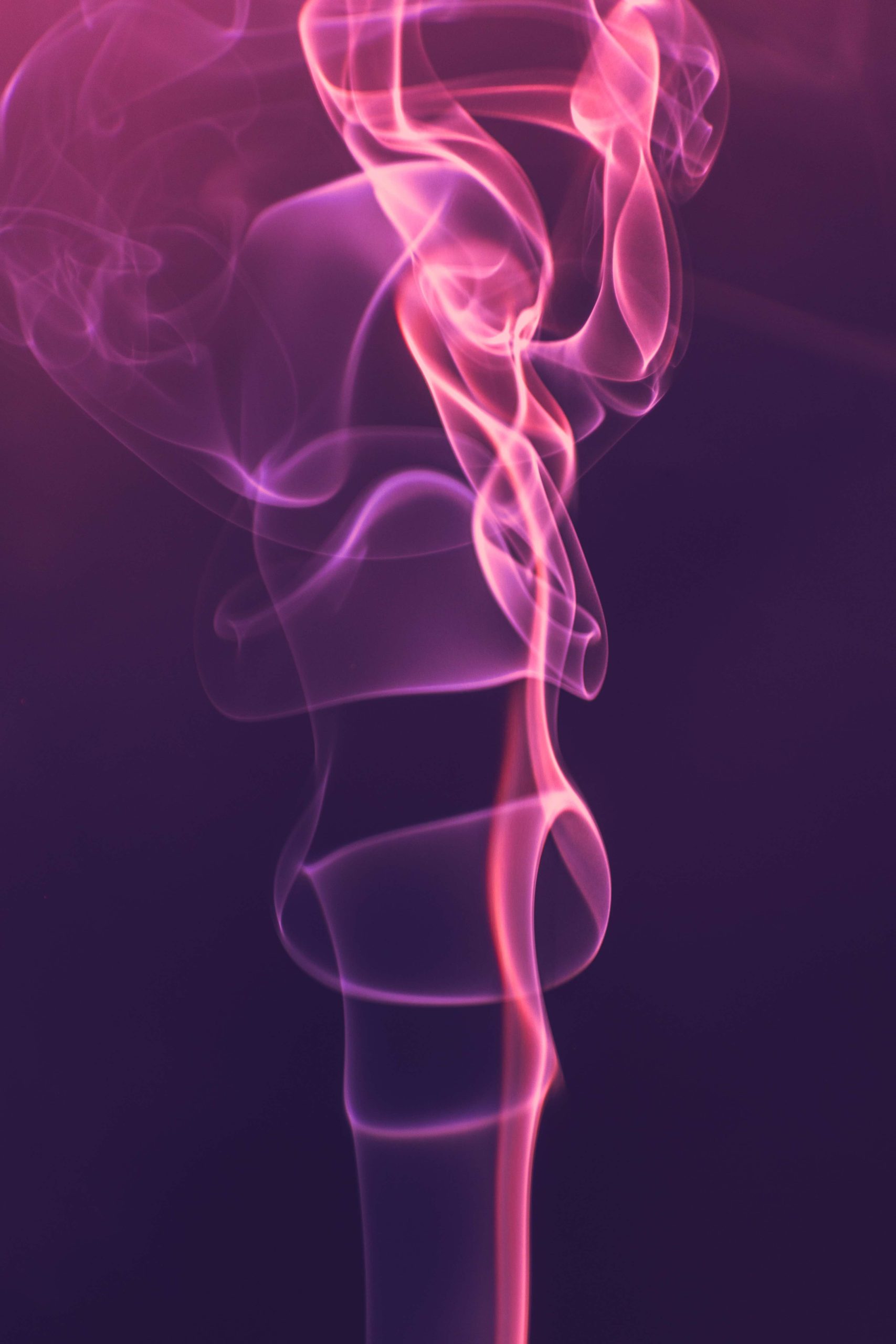Harmful and potentially harmful constituents (hphcs) yields
In 2012, the US Food and Drug Administration (FDA) published their established list of 93 Harmful and Potentially Harmful Constituents (HPHCs) in tobacco and tobacco smoke, many of which also appear on other lists identified by tobacco researchers e.g. Hoffmann, and the World Health Organization (WHO) Study Group on Tobacco Product Regulation (TobReg) 9. 1 , 2 , 3 , 4 Such lists are based on decades of research into the composition of tobacco and tobacco smoke, and it is these chemicals that are linked to smoking-related diseases and should be prioritized for elimination or reduction.
Cigarette smoke is a mixture of thousands of chemicals produced by the burning of tobacco, paper, inks, and adhesives at temperatures as high as 900 O C. In contrast, shisha cloud is produced by heating at significantly lower temperatures, which has been shown by the development of Heat not Burn (HnB) cigarette-like products to eliminate or significantly reduce the number and concentration of chemicals associated with burning. 5 , 6
The difference between cigarette smoke and shisha cloud
To understand the difference in risk between cigarette smoke and shisha cloud, it is necessary to measure the levels of these chemicals, rather than simplistic measurements of the weight of the collected cigarette smoke (Total Particulate Matter) or shisha cloud (Total Collected Matter).
In 2019, AIR published research in which shisha cloud was analyzed for 41 HPHC’s. These HPHC’s were selected since they form a set known as the Hoffmann analytes (also encompassing those identified by the WHO TobReg), for which laboratory methods originally developed for the analysis of cigarette smoke could be readily adapted for the assessment of shisha cloud.
In contrast to cigarette smoke, twenty-nine of the HPHCs were not detected at quantifiable levels in shisha cloud including three (1,3-Butadiene, NNK and NNN) identified by the WHO TobReg for reduction in cigarette smoke. The remaining HPHCs which were not detected at quantifiable levels in shisha cloud were 1-Aminonaphthalene, 2-Aminonaphthalene, 3-Aminobiphenyl, 4- Aminobiphenyl, Acrylonitrile, Arsenic, Butyraldehyde, Cadmium, Catechol, Chromium, o-Cresol, p-Cresol, Hydrogen cyanide, Hydroquinone, Isoprene, Lead, Mercury, NAT, NAB, Propionaldehyde, Pyridine, Quinoline, Resorcinol, Selenium, Styrene and Toluene Twelve
HPHC’s (Acetaldehyde, Acetone, Acrolein, Ammonia, Benzene, Benzo[a]pyrene, m-Cresol, Crotonaldehyde, formaldehyde, Methylethylketone, Nickel and Phenol), including five of the WHO TobReg 9 analytes were detected in shisha cloud at quantifiable levels. However, the concentration of all these HPHC’s in shisha cloud were reduced by >90% compared to cigarette smoke.

Since shisha tobacco products are not burnt like cigarettes, the levels of chemicals linked to smoking-related disease are significantly reduced. This does not mean that shisha is risk free, but a significant number of HPHCs present in cigarette smoke linked to smoking related diseases were not detected in shisha cloud.
2 Hoffmann, D; Hoffmann, I. (1998). Letters to the editor, tobacco smoke components. Beitr. Tabaksforsch. Int. 18, 49–52
3 Hoffmann, D; Hoffmann, I. (1997). The changing cigarette, 1950–1995. J. Toxicol. Environ. Health, 50, 307–364
4 WHO Study Group on Tobacco Product Regulation (TobReg) report on the scientific basis of tobacco product regulation. Geneva, World Health Organization; 2007 (WHO Technical Report Series, No. 1015 https://www.who.int/publications/i/item/who-study-group-on-tobacco-product-regulation-report-on-the-scientific-basis-of-tobacco-product-regulation-seventh-report-of-a-who-study-group Last accessed 14 th September 2022.
5 Tricke AR, Schorp MK, Urban HJ, Leyden D, Hagedorn HW, (2009) Comparison of environmental tobacco smoke (ETS) concentrations
generated by an electrically heated cigarette smoking system and a conventional cigarette. Inhalation toxicology 21: 62-77.
6 Jean-Pierre Schaller, , Johannes P.M. Pijnenburg, Anu Ajithkumar, Anthony R. Tricker (2016). Evaluation of the Tobacco Heating System
2.2. Part 3: Influence of the tobacco blend on the formation of harmful and potentially harmful constituents of the Tobacco Heating System 2.2 aerosol. Regulatory Toxicology and Pharmacology. Volume 81, Supplement 2




